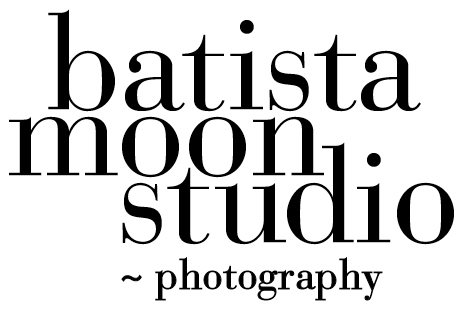Teaching in the pandemic era has put an interesting twist on methods and modalities. Classes became virtual instead of in person. Zoom became the “lens” through which we gathered together. Limitations and obstacles became the learning curve. Cameras in real time became an image on a screen with expanded definitions of basic tools. Prints in real time bacame a digital file on a screen for critique or comment. Portfolio projects seemed to slow down or go into stasis.
I gradually began to feel like a voyeur. Engagement with students on a screen resembled a weird version of the movie “Matrix”. I felt real, but like the people who appeared on my screen, I too was a virtual image of myself on a screen. A talking head. We were in a science fiction version of the world we once knew. It quickly became the normal way of seeing the world. We were part of the screen now - computer screen, smart phone screen, iPad screen, TV screen and so forth.
I began to realize slowly, over time that the tactile experience of holding and touching a camera or print was an integral part of learning photography (and many other art forms). Every effort was made to convert our class material to Zoom. The results were interesting and kept us searching for new and different ways to deliver course content through technical methods. Each class required new skills and study time. One method would dissolve into another method as new material and skills came to light.
I began to notice a change in my students over time. A general malaise settled in during the time in a zoom class. Energy levels were not the same as an in person class. Attention spans were limited. 3 hours classes were best at 2 hours; retention of new material slipped. There were some positives. Students who had difficulty traveling due to distance or medical needs were able to attend classes not available to them before the pandemic shut us down. Students who worked could now manage to attend from any location. The potential exists to expand this platform into a hybrid model that is more inclusive than just those who can travel locally. Zoom made attending a class more democratic.
Teachers who have been in a 3D model classroom with access to tools and support were quite suddenly thrown into a virtual world. We were asked to teach a digital model without any idea of how to do that. Training was not available in the beginning. It took months to begin thinking in new ways. Instead of trying to put a 3D model on a 2D screen skills had to be developed. Creativity and the ability to adapt became a necessary tool. Teachers as well as students had to adapt quickly.
The pandemic has put a spotlight on our schools, teachers, methods, modalities and content and how we learn. I love to teach. I am one of many teachers who find ourselves at a crossroads. Reflecting on how we got here. Where is this going? How do we move forward from this place we find ourselves in? Can I keep up and adapt as things constantly change in this new pandemic era. Is it right to ask a teacher to sacrifice family time with no compensation to learn these new skills? What can we bring forward into this new paradigm to enhance the learning and teaching experience? Thoughtfully yours, Barbara

